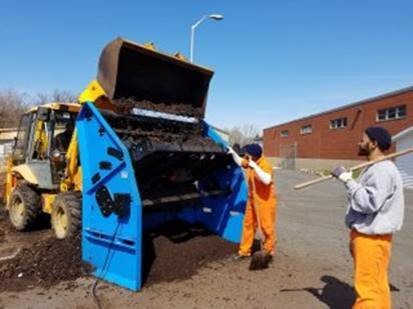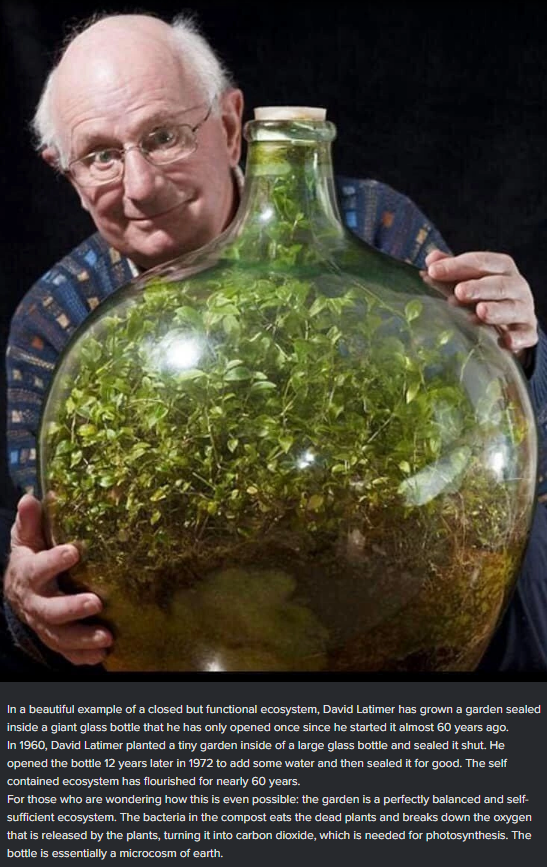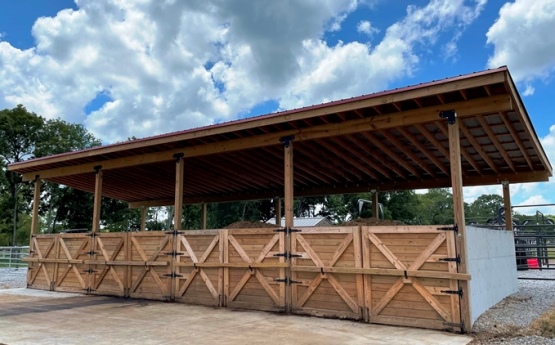Composting 101
PETER'S RULE #3:
EVERY QUESTION ABOUT COMPOSTING HAS ONLY ONE ANSWER ... "IT DEPENDS"
Question: I am frequently asked questions like, “How big does my compost system need to be?”
There are at least two answers to this question, the “short answer” and the “long answer”.
Short Answer: Since you have 8 horses, I recommend that you construct a 3-bin system, with each bin measuring 8-feet wide by 8-feet front to back and 4-feet high. Given that, the total footprint of the structure would be about 25-feet long and 10-feet wide.
Long Answer: “It Depends” on the number of horses that you have now and plan to have in the future. It also depends on the type of bedding that you use. If you use shavings, each bin will need to be considerably larger than if you use a wood pellet type bedding material. Also, do you want to store finished compost under the same roof? If so, we need to take that into account as well. Finally, many of our clients like to construct a multi-purpose building to store other items (feed, bedding materials, tractor implements, etc.).
Question: Another question I hear a lot is, “How much will my compost system cost to construct?”
Short Answer: Somewhere between $5,000 and $15,000.
Long Answer: “It Depends” on the size of your system, the amount of site preparation, the configuration (top-down or on-grade), the types of materials that you use to construct it, and who does the construction: you with help from your brother-in-law, or a hired independent contractor).
“It Depends” is of course tongue in cheek, but the truth is that every answer relating to composting really does depend on many factors (e.g., climate, site topography, size of the farm equipment, etc.) and considerations (e.g., who will be doing the composting, the amount of time available, the end use for the compost, etc.). When people first learn about the basic composting principles, they want specific answers (engineers are the worst – I know because I am one).
However, most of what we know about composting is experiential and was learned through trial and error - and there have been a lot of errors along the way (as you will see in Rule #9). As the science and art of composting developed over many years, we have learned to rely on “truths” that generally work out to be right, but not always.
The message in all of this is three-fold. First, composters need to relax and understand that if we prepare a good mix and add oxygen, it will probably work out just fine in the end. Second, your approach to composting will evolve over time to optimize both product quality and process efficiency. And third, we learn by doing and if a batch doesn’t work out exactly as expected, it’s OK to make some changes to the mix or method and try again. That’s why O2Compost offers technical support. We want you to call us and ask, “What in the heck is going on?” |








